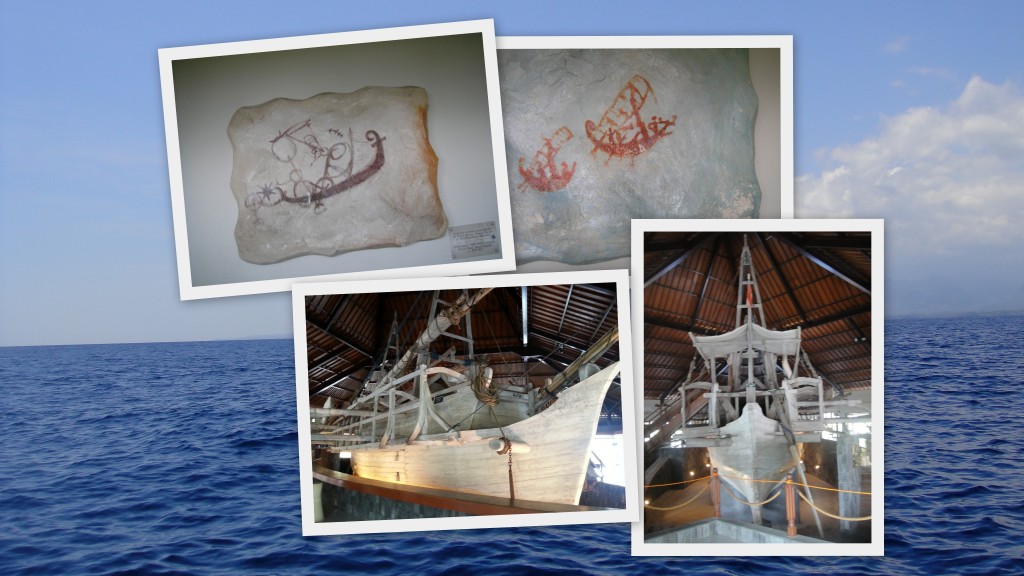Reading Jared Diamond’s magnum opus ‘Guns, Germs and Steel’, one of the things which totally fascinated me as a history buff was the fact that Madagascar was supposedly colonized by Indonesians. For the life of me I could not have fathomed it. The possibility behind the fact was beyond my comprehension. However the mystery was solved from unexpected quarters wherein a more than 1000 year Unesco World Heritage monument, an inquisitive Brit and an equally enterprising Aussie were involved.
Little did I know while walking the corridors of Candi Borobudur and coming across relics of ship, that something very interesting was about to unfold. Philip Beale saw the same reliefs as most of us, however his interest in traditional boatbuilding and marine traditions brought to life this very interesting story. What Philip saw in Borobudur were reliefs depicting sea vessels, powered by oars and having masts and sails in slants. The hypothesis was made that the ships of Borobudur were connected to the cinnamon route which connected Indonesia to Africa.
The 8th century out rigger was finally conceived, conceptualized by Nick Burningham and built by Assad Abdullah al-Madani. It was christened as Samudra Raksa and sail it very well did. From Jakarta, Indonesia all the way to Seychelles, Madagascar recreating the epic voyage of the cinnamon route. The spice route may have been old but the fragrance of those spices was still very heavy in the air, when I came across the actual ship housed in the museum next to Candi Borobudur.

Was this the route that led the Indonesians to colonize Madagascar? The evidence may not be conclusive but the hypothesis certainly looks less far-fetched to me. Not only was Philip able to recreate the famous Cinnamon route voyage, he also was able to showcase the rich heritage of Indonesians as Sea farers. It is always amazing how one man’s sense of adventure, passion and zeal brings life to history.



Leave a Reply